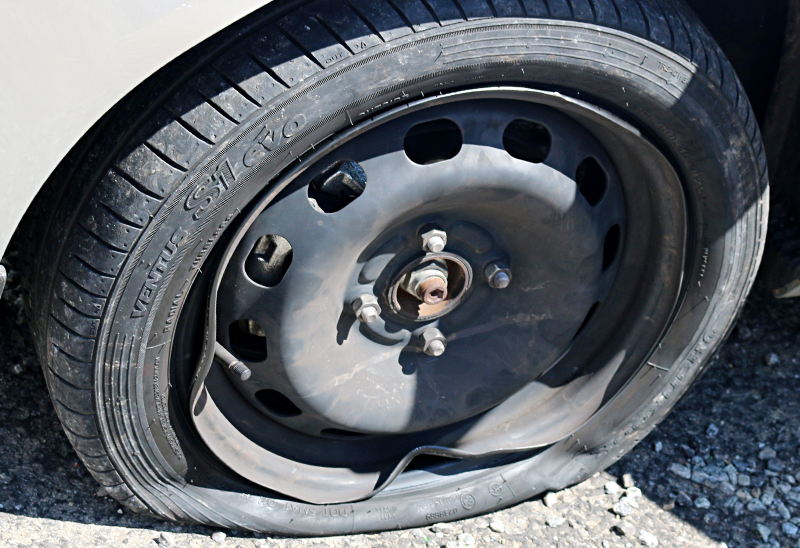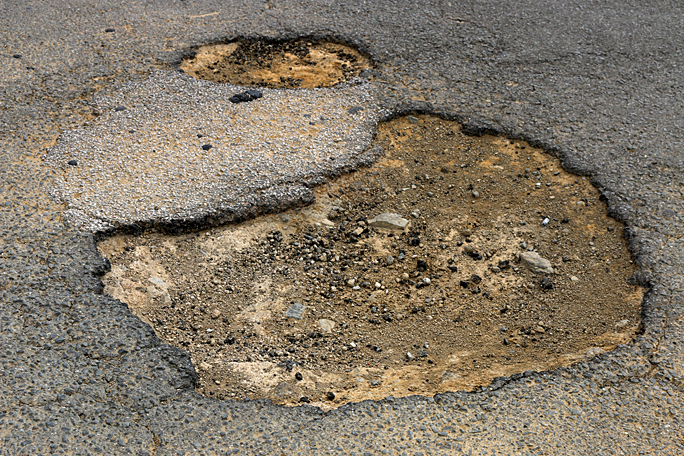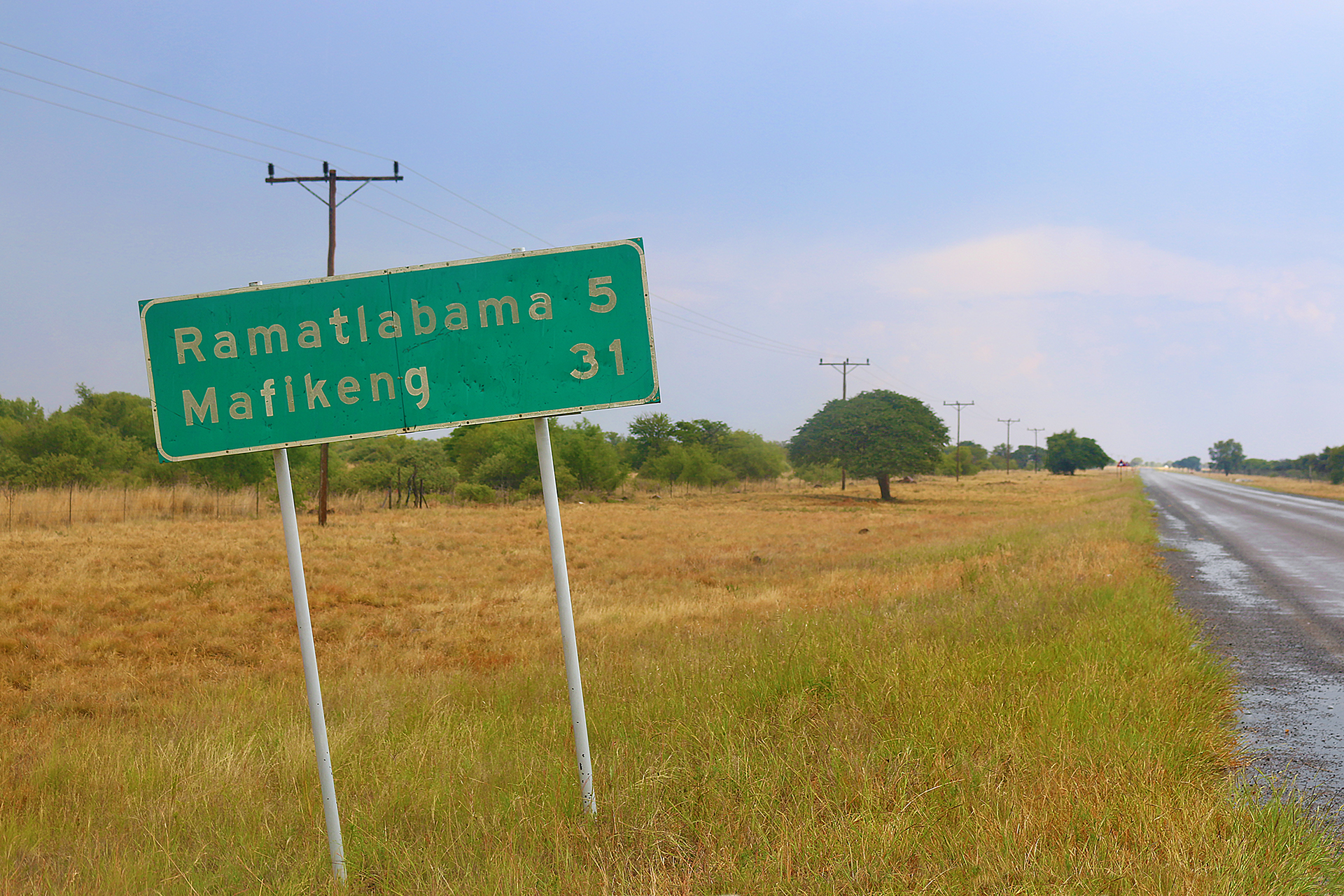Note: This article pertaining to 11 Things You Should Know About Driving Across Borders in Southern Africa was originally published on Wednesday, August 2, 2017 at 7:15 in the evening and has been updated.
The decision to drive around southern Africa for two weeks was a good one for me, as I thoroughly enjoyed my road trips — but there are some things about which you should know if you intend to embark on a similar adventure.
11 Things You Should Know About Driving Across Borders in Southern Africa
Not all border crossing experiences are the same, as one border post can be different from another — even if they both serve the same two countries.
Based on my experiences, here are eleven suggestions on how to ensure that your experience crossing borders between countries in southern Africa can be less stressful, confusing, daunting and frustrating.
1. Ensure That Your Passport Has Enough Blank Pages.

The stamps of countries such as Botswana take up only a quarter of a page in your passport; and the stamps of countries such as South Africa are smaller, taking up as little as an eighth of a page in your passport — but in addition to the passport stamps, Mozambique will require an entire page by itself for the visa with your photograph on it.
Plan accordingly.
2. Double Check to Be Sure Your Vehicle is Properly Equipped.
Different countries require different equipment to be available in the vehicle in which you are driving in case of emergency — such as a reflective red triangle in the trunk, for example.
Two small white rectangular size strips on the right and left hand side of the front bumper — as well as two small red square strips on the right and left hand side of the rear bumper — is required in Zimbabwe. If you are towing a trailer, two small red square strips on the right and left hand side of the rear bumper are required.
In Mozambique, a set of two yellow and blue warning triangle stickers are required if towing a trailer: one in the front of the vehicle on the bumper; and one on the rear of the trailer.
3. Carry All Pertinent Documents in One Folder.
The company from which you rent your car should provide you with all of the necessary documentation so that you may travel freely between one country and another. For example, a Police Clearance Certificate may be required if traveling through the Chirundu border post between South Africa and Zimbabwe for both vehicles and trailers. Keep all of these documents with you at all times, as losing any of the documents could mean delays at border crossings — or perhaps not being permitted to enter a country altogether.

Because I traveled to Kenya to go on safari — many links to articles documenting my safari experience and photographs of wildlife are found at the bottom of this article — I carried a yellow fever certificate; but not one border agent looked at it. One of them even cast it aside as though it were an impediment to doing her job. Regardless, if you have been to a country where yellow fever may be an issue, having a yellow fever certificate with you is being better safe than sorry — and keep in mind that yellow fever certificates are now valid for a lifetime instead of ten years.
None of the countries to which I drove required an international driving permit — my driver’s license from the United States sufficed with no problem — but if you feel more comfortable with one, getting one will not hurt and will only set your wallet or purse back a nominal sum of cash. I intend to write an article pertaining to international driving permits in the future.
The most significant problem I encountered when entering Mozambique from Swaziland at the border crossing at Namaacha was that even though I was assured by an employees of the rental car company that I had the proper documentation for the vehicle to enter a variety of countries in southern Africa, one of the officers at the border post insisted that I needed the official registration form of the car with me, which I did not have. All of the information — including the registration number — was on the document provided to me; and none of the other countries I had visited up until that point even looked at that document.
After consulting with his supervisor, the officer said to tell the company that next time, the official registration form of the car is needed for a car entering Mozambique. I thanked him for his patience.
For additional information, please read this article pertaining to the 6 things about which you should know when entering Mozambique as an American citizen.
4. Ensure That Your Documents are Ready to Hand Over to Officials at the Border Crossing.
More likely than not, you will be waiting in a line of vehicles at the border crossing. That is a good time to get your documents together to hand over to officials.
If you simply drive up to the border crossing, parking is usually available. Park your vehicle and gather your documents — this includes your passport — before walking into the building, where you might wait in line until an agent is available.
5. Have Enough Pens With You.
Stationery stores and office supply stores are not exactly abundant near border posts; and you would think that pens are a commodity when attempting to process your information by completing paper document forms — but when more people than writing instruments exist in the border post, it is every person for himself or herself; and you could wind up spending extra time simply waiting for something with which you can use to write.
I always carry pens in both my camera bag and my carry-on bag; so that never was a problem for me — but do yourself a favor and ensure that you have enough pens with you…
…and who knows? You may actually befriend someone simply by giving him or her one of your spare pens to either borrow or keep.
6. Know Which Border Crossings Close — and At What Times.
Consider my experience in driving across the border from South Africa to Swaziland, for example: after several hours of driving from Durban, I began searching for a way into Swaziland. I had originally planned on going through the Emahlatini border crossing near Houdkop; but the paved surface of Theo. Mocke Street in Piet Retief to get there ended not long after it began — and there was no way I was driving a rental car on an unsealed road. I turned around and continued north on Highway 2 and then onto highway R33.
I headed east on highway R65 towards the Nerston border crossing; and the closer I was to Swaziland, the more it seemed as though time forgot about highway R65, which on either side was overgrown with tall weeds and pocked with rutted pavement and my dreaded nemesis: potholes.
I finally arrived at the Nerston border crossing — only to find the gates closed. A lone guard emerged to let me know that the Oshoek border crossing further north was open.
I then realized that it was a good thing I did not attempt to drive on 20 kilometers of dirt road on a drizzly night, as the Emahlatini border crossing was most likely closed as well…
…so I ventured further north on Highway R33 to Highway 17 — which is more of a main road — and headed east to the Oshoek border crossing, which was indeed open. I went through the whole rigmarole of gate passes and customs and passport checks and stamps before finally heading east down highway MR3, which is the main east-west highway in Swaziland.
Detailed information on numerous land border crossings is available at the official Internet web site of the Automobile Association of South Africa.
7. Give Yourself Enough Time to Pass Through a Border Crossing.
Although going through border crossings generally did not consume much of my time — perhaps 30 to 45 minutes at the most — I assumed that the process would take longer.
That assumption came in handy for me at the aforementioned Namaacha border post in Mozambique with the issue pertaining to the missing document. It also was essential when crossing the border both into and out of Botswana — as in the photograph featured at the top of this article taken five kilometers from the Ramatlabama border with South Africa — as heavy precipitation from thunderstorms did slow traffic down.

My experience in driving across the border from South Africa to Lesotho found me spending four hours in a thunderstorm before finally crossing that border. I found out upon leaving Lesotho back into South Africa that I entered Lesotho on the evening before Election Day; and citizens of Lesotho were converging into the enclave to cast their votes. This valuable lesson taught me to research national holidays and other important days for countries to which I plan in traveling and visiting — although I am not sure I still would have expected a wait of four hours to cross the border.
With lowered expectations and allowing more time, you will experience less stress — and perhaps feel like you benefited, as you will more likely than not be on your way sooner than expected.
8. Be Patient, Civil, Polite, and Courteous.
As with anyone and not solely agents at the border post, always cooperate with the agent. This can be difficult at times because the agent may have a pronounced accent while behind a transparent partition; and he or she could be difficult to hear and understand. Thankfully, one agent was incredibly patient with me when I politely asked her to repeat herself because I simply could not understand what she was saying to me.
More often than not, I found agents at border posts to be helpful and human rather than robotic. Being patient, civil, polite, and courteous to them will go a long way in ensuring that the procedure goes as smoothly as possible.
Never annoy the person who possesses the power to give you access into a country; for you might not be granted ingress.
9. Carry Newer Bank Notes or Bills — The Newer, The Better.

Depending on the country you intend on entering, you may be required to pay a single-entry visa — and the border post may not accept credit cards. At the aforementioned Namaacha border post in Mozambique, a United States dollar bill from 1999 which I attempted to give to them was rejected; so I fortunately had one from 2009 — which they accepted.
I kept several different currencies on me — just in case the United States dollar was not accepted, which it usually was — or just in case using South African rand would mean a second currency conversion, which would typically cost me more money.
You also may be required to purchase such items as compulsory third-party insurance for the car — such as for Mozambique, where you will be approached to purchase it right there at the border post. At the time I purchased it, the cost was 150 South African rand — which is fewer than $13.00 United States.
10. Request the Maximum Number of Days Possible.

If you are asked how many days you intend to stay in a country, find out how many days you are permitted to stay there without penalty — or at least ask for an extra day or two, as you never know when something might happen to you or your vehicle.

You could end up stuck in the middle of nowhere with a flat tire and not be able to return in time — and with the conditions of some of the roads throughout southern Africa, that very well may happen. In fact, the car which I rented suffered from a flat tire when it hit a pothole on Highway R76 approximately 20 kilometers northwest of Steynsrus on my way to Lesotho. Fortunately, a small spare tire was in the trunk; but at least an hour must have elapsed as I changed the tire under the hot February sun in — you guessed it — what seemed to be the middle of nowhere.

11. Do Not Overstay Your Welcome.
Stay too long in a country and you may encounter problems at the border post when attempting to cross into another country.
Be sure you leave a country well before the deadline — just to be safe.
Final Boarding Call
Many of the tips imparted in this article can be loosely applied to many land border crossings around the world; but they were intended to be specific to southern Africa, where road trips were actually a lot of fun for me — to the point where I will never forget them for the rest of my life…
…but if you do decide to drive around southern Africa, give yourself plenty of time to do so — not only because of land border crossings if you intend to drive from one country to another; but also to appreciate the natural beauty and enjoy what the countries of southern Africa have to offer as well.
All photographs ©2015 and ©2016 by Brian Cohen.

